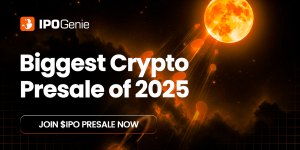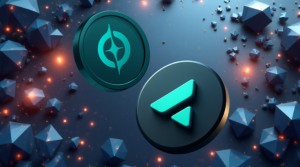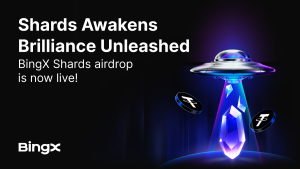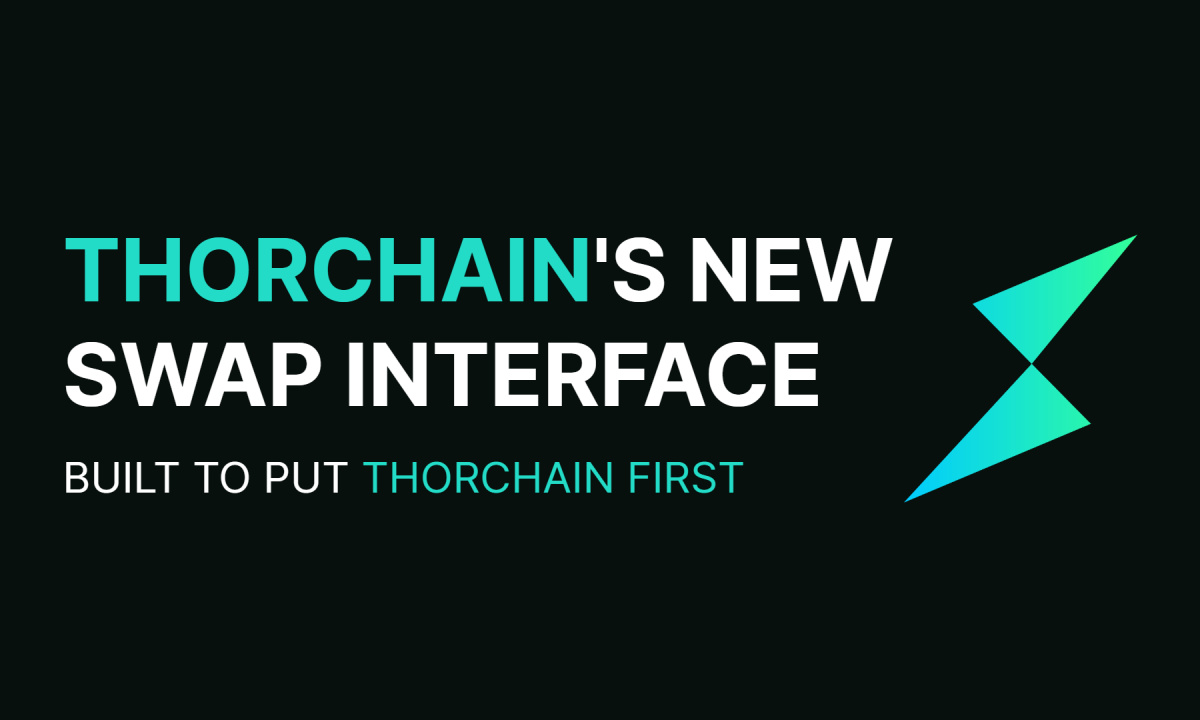How Qubetics’ Presale Success, Raising Over $11.8 Million, Positions It Alongside Kaspa And Polkadot In The Evolving Crypto Landscape
In the ever-evolving world of cryptocurrencies, staying updated with the latest developments is crucial. Recently, Qubetics has made significant strides, with its presale reaching impressive milestones. As of its 20th stage, Qubetics has sold over 459 million tokens to more than 18,200 holders, raising upwards of $11.8 million.
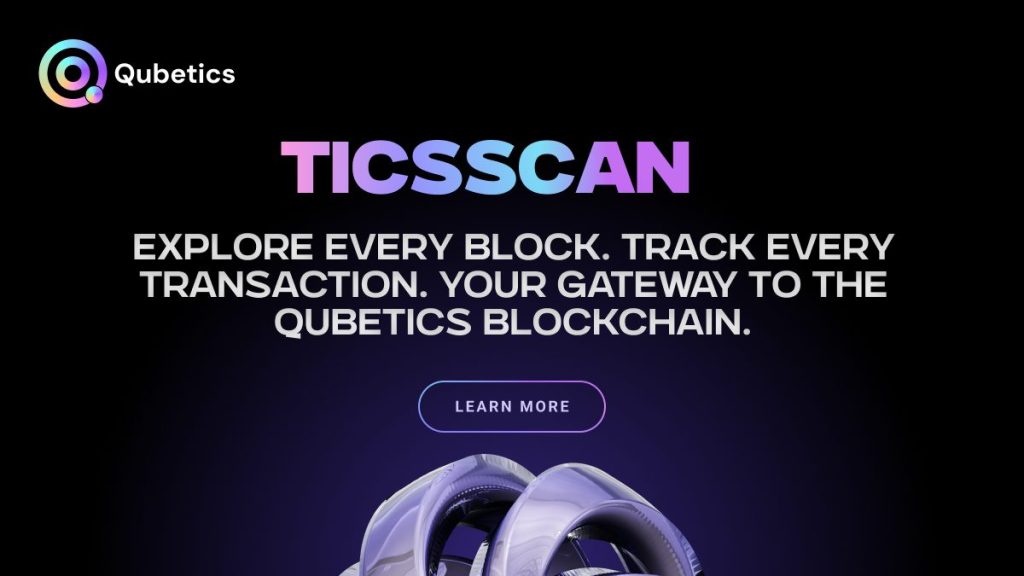
Meanwhile, the crypto community is abuzz with discussions about emerging projects like XYZVerse, which aims to reach a $10 valuation, capturing the attention of investors from Kaspa and Polkadot.
Amidst these developments, Qubetics ($TICS) emerges as a promising contender, addressing real-world challenges that its predecessors have struggled with. By focusing on the Real World Asset Tokenization Marketplace and introducing TICSScan, Qubetics aims to simplify blockchain integration for businesses, professionals, and individuals, positioning itself as a forward-thinking solution in digital finance.
Qubetics: Pioneering the Future of Asset Tokenization
Qubetics is making waves with its innovative approach to asset tokenization. The platform’s Real World Asset Tokenization Marketplace is designed to bridge the gap between tangible assets and the digital realm. This marketplace enables users to tokenize physical assets, providing liquidity and accessibility previously unattainable.
A standout feature of Qubetics is TICSScan, a tool that streamlines blockchain integration. TICSScan offers a user-friendly interface, making it easier for businesses, professionals, and individuals to navigate the complexities of blockchain technology. By simplifying processes, Qubetics ensures that even those without technical expertise can leverage the benefits of blockchain.
The ongoing best crypto presale has garnered significant attention. Currently, in its 20th stage, Qubetics has sold over 459 million tokens to more than 18,200 holders, raising upwards of $11.8 million. At this stage, tokens are priced at $0.0667 each, with the project targeting $0.25 by the end of the presale.
Kaspa: Revolutionizing Blockchain with BlockDAG Technology
Kaspa (KAS) is making waves in the crypto community with its unique approach to blockchain technology. Unlike traditional linear blockchains, Kaspa employs a BlockDAG (Directed Acyclic Graph) structure, allowing for the simultaneous creation of multiple blocks. This design enhances scalability and transaction speed, addressing common bottlenecks in conventional blockchain systems.
As of now, Kaspa is trading at approximately $0.09982 per KAS, with an intraday high of $0.122869 and a low of $0.076341. This positions Kaspa as an accessible option for those looking to explore innovative blockchain solutions.
The BlockDAG architecture not only boosts performance but also maintains a high level of security. By allowing parallel block creation, Kaspa reduces confirmation times, making transactions quicker without compromising on safety. This approach is particularly appealing to users and developers seeking efficient and secure blockchain experiences.
Moreover, Kaspa’s open-source nature encourages community involvement. Developers can contribute to the project’s growth, fostering a collaborative environment that drives continuous improvement and innovation. This community-driven model ensures that Kaspa remains adaptable and responsive to the evolving needs of the blockchain space.
In summary, Kaspa’s BlockDAG technology offers a fresh perspective on blockchain scalability and speed. Its commitment to security and community engagement makes it a noteworthy contender in the cryptocurrency landscape.
Polkadot: Bridging Blockchains for a Unified Network
Polkadot (DOT) stands out with its mission to create a network of interoperable blockchains. By enabling different blockchains to communicate and share information seamlessly, Polkadot aims to overcome the fragmentation prevalent in the crypto world.
Currently, Polkadot is priced at $4.72 per DOT, with an intraday high of $5.76 and a low of $4.10. This valuation reflects its position as a significant player in the blockchain interoperability space.
At the heart of Polkadot’s ecosystem are parachains—individual blockchains running parallel within the network. These parachains can be customized for various use cases, from finance to gaming, all while benefiting from the security of the main Polkadot relay chain. This setup allows for specialized functionality without sacrificing security or performance.
Polkadot’s governance model is another highlight. DOT token holders have a say in protocol upgrades and decisions, promoting a decentralized and community-centric approach. This participatory governance ensures that the network evolves in line with the interests of its users and stakeholders.
In essence, Polkadot’s focus on interoperability and customizable parachains positions it as a versatile platform capable of supporting a wide range of decentralized applications and services.
Real World Asset Tokenization Marketplace and TICSScan: Qubetics’ Game-Changing Innovations
Qubetics is pushing the envelope with its Real World Asset Tokenization Marketplace, a platform designed to bring tangible assets into the digital realm. This marketplace allows users to tokenize physical assets, such as real estate or commodities, providing liquidity and broader access to investment opportunities.
Complementing this is TICSScan, a tool developed by Qubetics to simplify blockchain integration. TICSScan offers a user-friendly interface that makes it easier for businesses, professionals, and individuals to navigate the complexities of blockchain technology.
Conclusion: Which Crypto Project Stands Out?
When it comes to innovation and real-world application, Qubetics, Kaspa, and Polkadot each bring something unique to the table.
Qubetics is leading the way in real-world asset tokenization, making blockchain integration easier for businesses and individuals. With over $11.8 million raised in its presale and groundbreaking tools like TICSScan, Qubetics is set to reshape digital finance.
Kaspa is a game-changer in blockchain scalability, using BlockDAG technology to process transactions faster than traditional proof-of-work blockchains. It’s a strong contender for those looking for high-speed, decentralized blockchain solutions.
Polkadot continues to dominate the interoperability space, allowing different blockchains to work together. Its parachain model gives developers more flexibility, making it an attractive option for cross-chain projects.
Ultimately, your choice depends on your investment goals and belief in the technology behind each project. However, if you’re looking for the top crypto presale that combines innovation, real-world utility, and strong market momentum, Qubetics is a clear standout.
For More Information:
Qubetics: https://qubetics.com
Telegram: https://t.me/qubetics
Twitter: https://x.com/qubetics
Frequently Asked Questions (FAQs)
1. What makes Qubetics different from Kaspa and Polkadot?
Qubetics focuses on real-world asset tokenization, allowing physical assets to be digitized and traded on the blockchain. It also offers TICSScan, making blockchain adoption easier. Kaspa is built for fast PoW transactions, while Polkadot enables cross-chain interoperability.
2. How can I participate in the Qubetics presale?
The Qubetics presale is in its 20th stage, with tokens available at $0.0667 per $TICS. You can buy tokens directly from their official website before prices increase in later stages.
3. Why is Kaspa considered the fastest proof-of-work blockchain?
Kaspa uses BlockDAG technology, which allows multiple blocks to be confirmed simultaneously, significantly increasing transaction speeds compared to traditional blockchains like Bitcoin.
| Disclaimer: The text above is an advertorial article that is not part of Coincu.com editorial content. |








